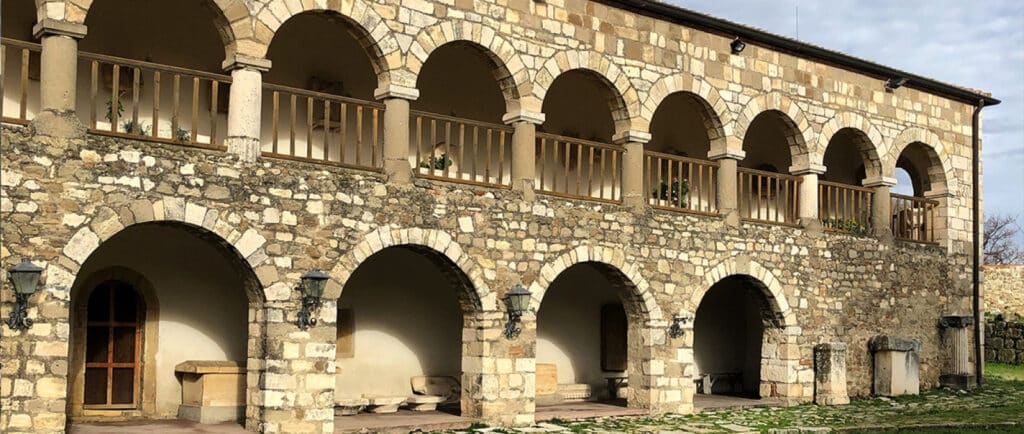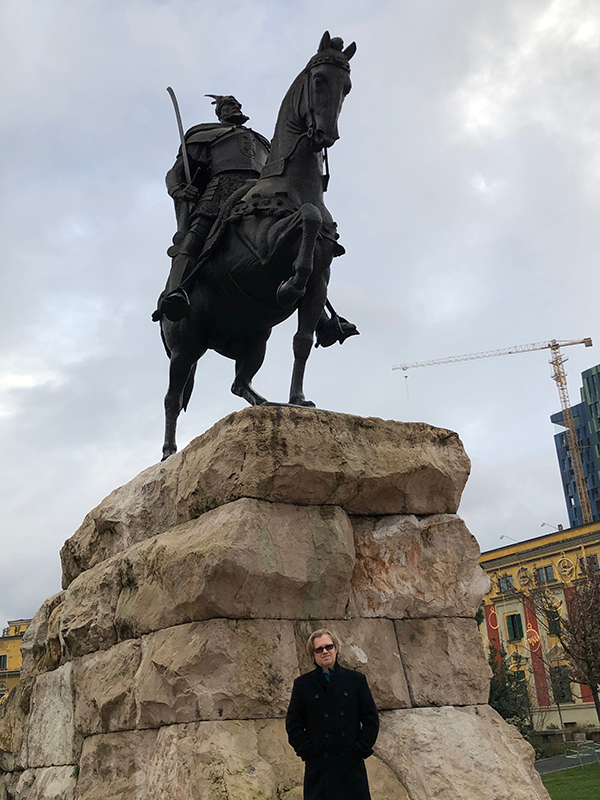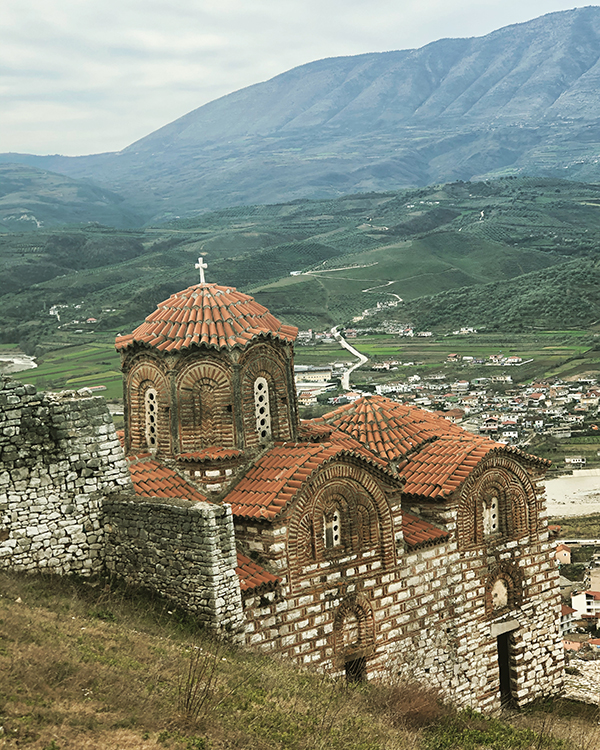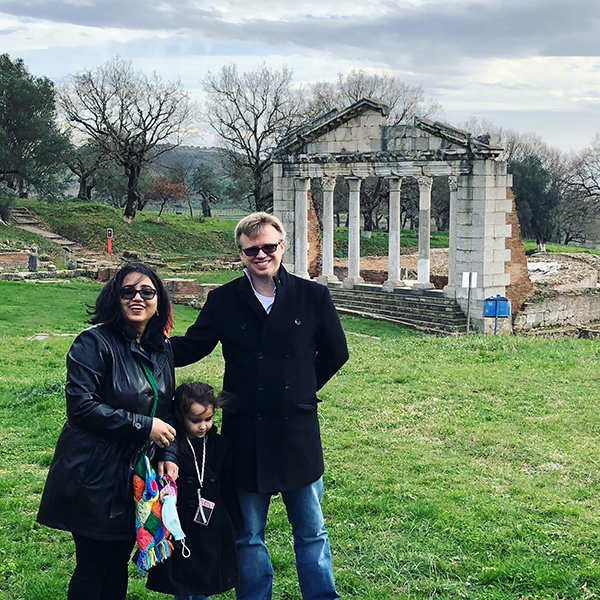
Tirana
In early January the Larkin family traveled to Tirana, Albania, where we’ve been for almost two months. This Balkan nation had the advantage of being open to travelers on US passports (unlike most of Europe), having low covid cases, and most importantly for us, an affordable cost of living. It also allowed me to sneak in some historical research that might inspire some future tales.
In ancient times, Albania was part of Illyria. With its location near Greece, there were some Hellenistic colonies, like Apollonia, which we visited. Later, Illyria was conquered by the Romans and eventually became part of the Eastern Roman Empire (Byzantium). In the 9th century, it came under the control of the Bulgarian Empire, and then in the 14th century, the Ottoman Empire. The national hero, Skanderbeg, helped rise against the Ottomans in the mid 15th century. He won many battles, though the Ottomans regained control of the land after Skanderbeg’s death. His statue sits in Skanderbeg Square in Tirana.

Berat
When you visit some of the historic sites, like the castle in Berat, you can see the layers upon layers of architecture, ranging from ancient Illyria, through Byzantine times, and on to the Ottomans.

Our guide told an interesting tale about how the Ottomans seized the castle when the precipitous cliffs make that seem impossible. They allowed their horses to get so dehydrated that the horses could smell water from a long way off. The horses found their way to the waters that fed the cistern inside the castle, and the Ottomans poisoned it.
Apollonia
One of the more interesting sites if Apollonia, a Greek colony conquered by the Romans, that later fell into ruin following the destruction of the port in an earthquake.

